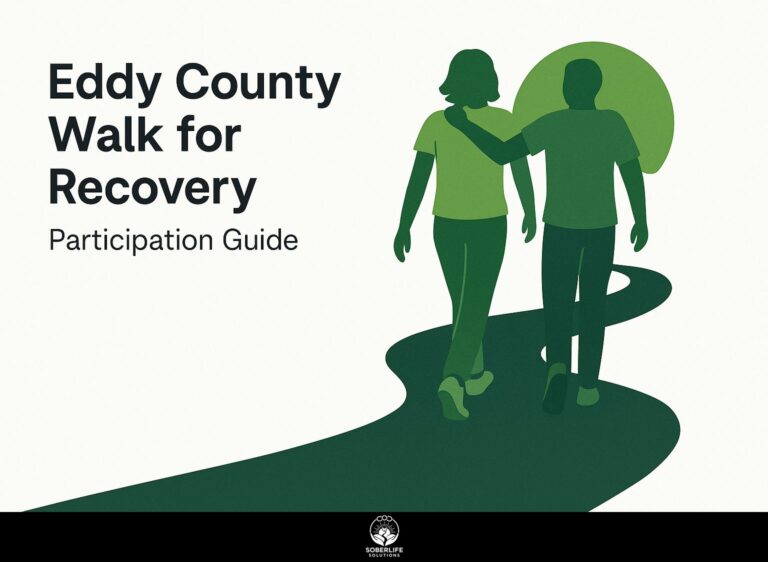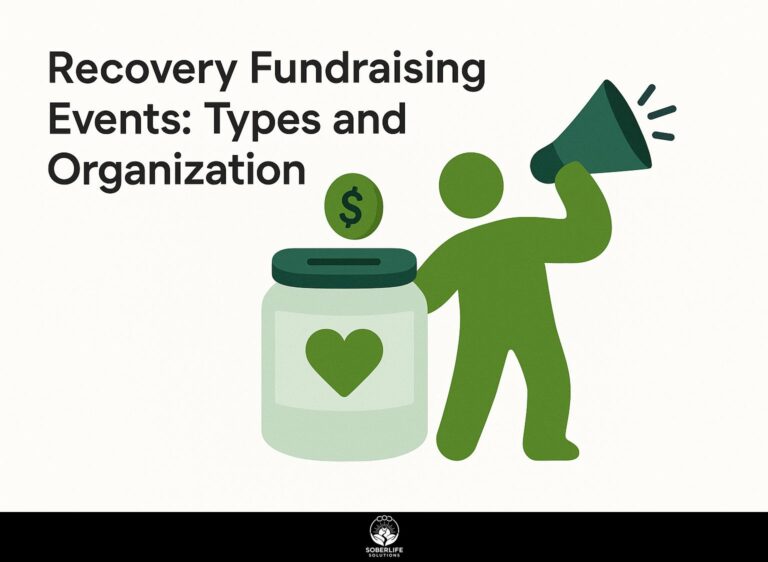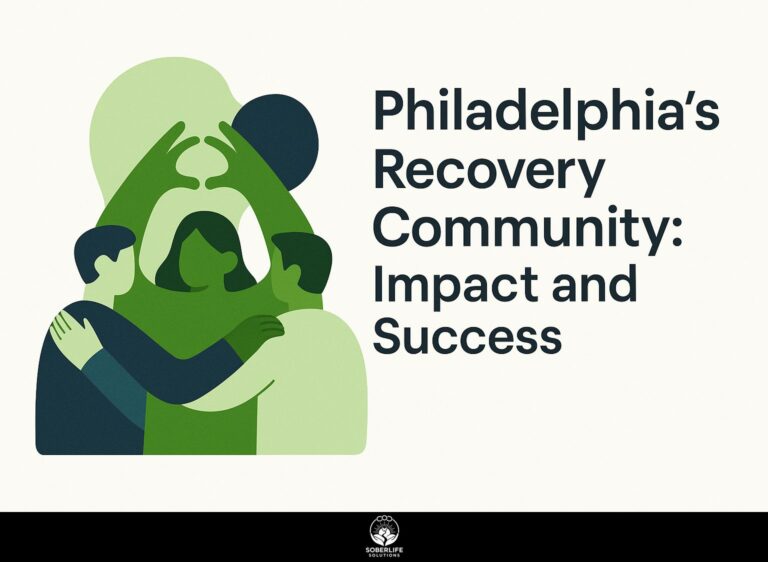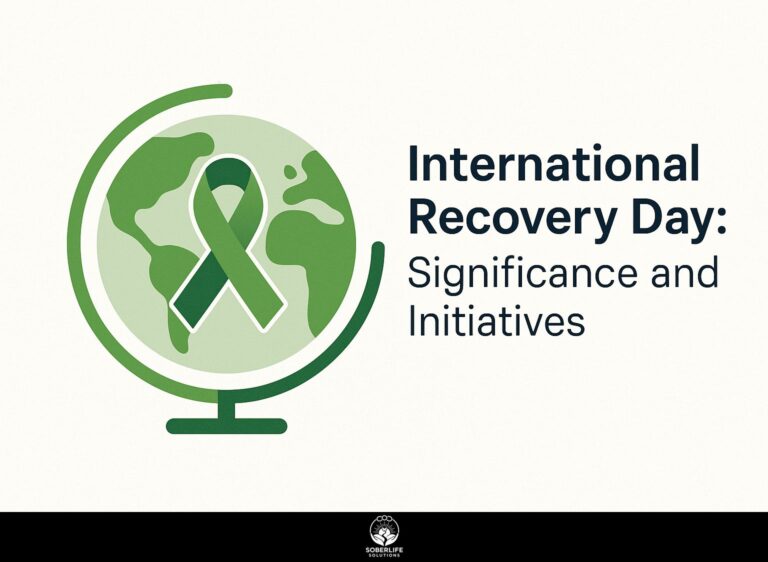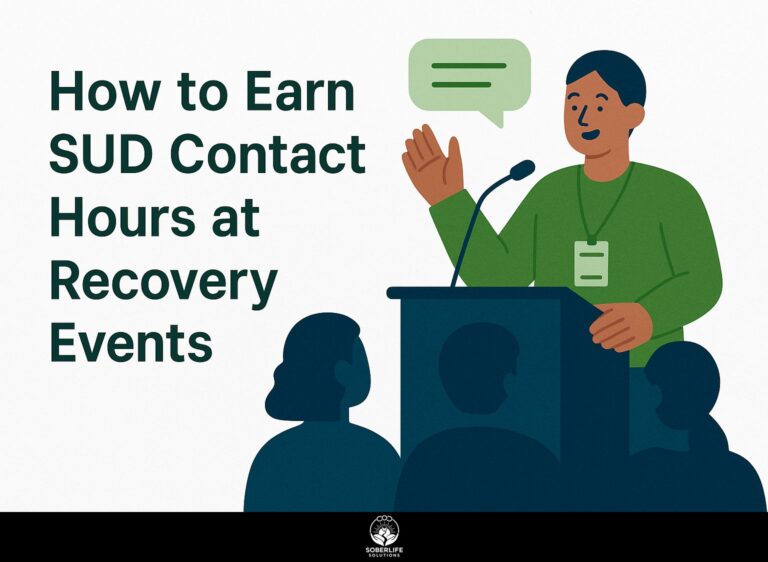Recovery Month: Goals, SAMHSA’s Role, and Global Impact
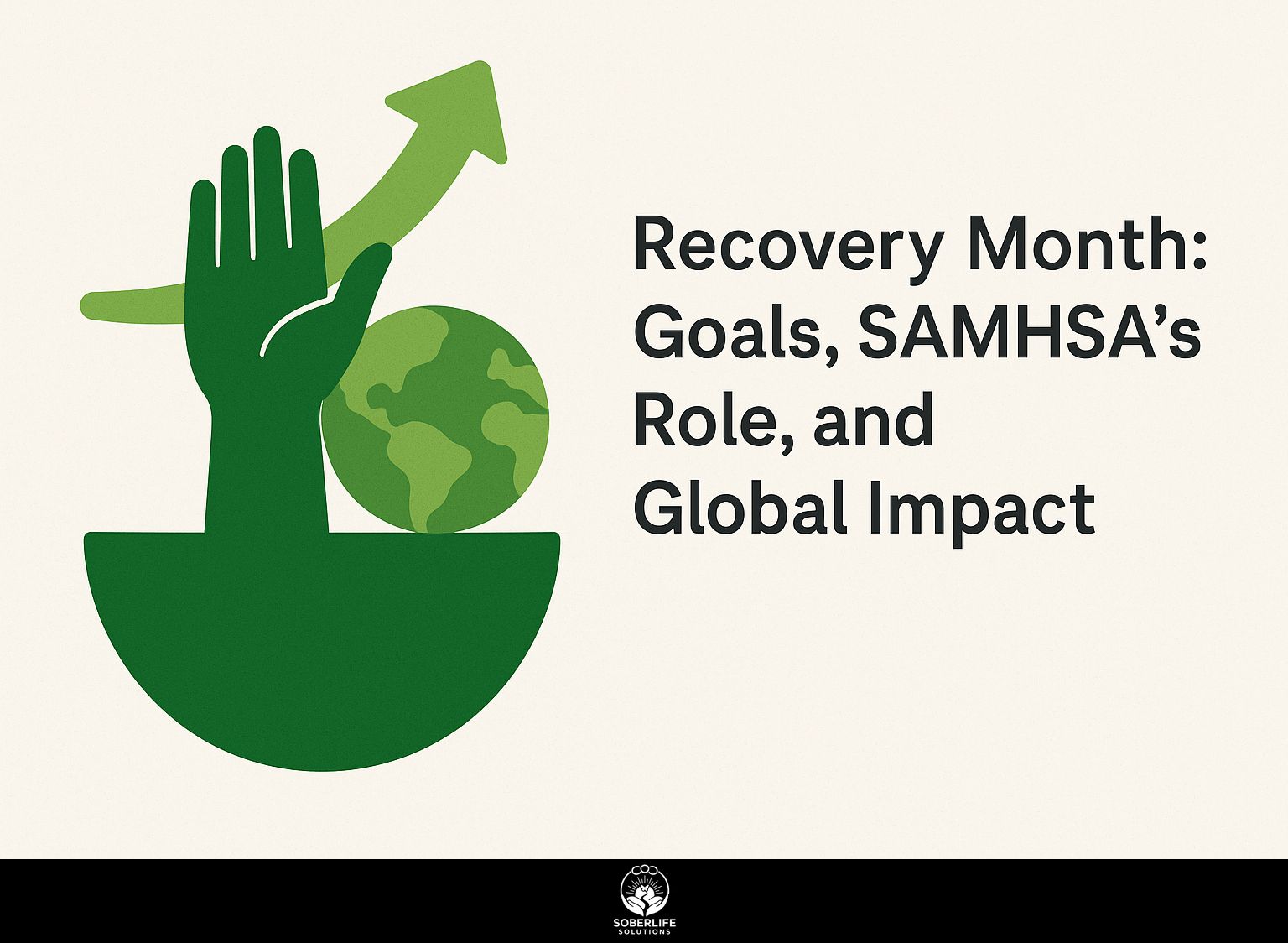
Recovery Month highlights the important link between substance use and mental health, encouraging awareness and healing worldwide. Led by the Substance Abuse and Mental Health Services Administration (SAMHSA), this month-long event works to reduce stigma and support people in recovery. This article discusses the aims of Recovery Month, the efforts by SAMHSA, and the worldwide push for improved mental health and support for those recovering from addiction. Join us in celebrating progress and hope!
Key Takeaways:
History and Significance
Recovery Month, started in 1989 by SAMHSA, is a key opportunity to inform people about the truth of overcoming substance use and the role of community support.
Over the decades, Recovery Month has evolved significantly. Initially focused solely on raising awareness about addiction, it has expanded to include themes such as prevention, treatment, and ongoing recovery support.
For instance, in 2016, the theme was “Join the Voices for Recovery: Our Families, Our Stories, Our Recovery,” emphasizing the importance of familial support. SAMHSA, as the main federal agency, helps promote events and provides resources to help communities start recovery programs. This helps create a culture of support and awareness for people affected by substance use disorders. According to Wikipedia, SAMHSA’s comprehensive approach has been instrumental in shaping national policies on substance abuse and mental health. Additionally, the impact of social services on quality of life in recovery is profound, providing essential support for various recovery programs.
Key Themes and Messages
Each year, Recovery Month highlights important topics such as the importance of support from peers, reducing the shame associated with mental health issues, and encouraging learning about treatment for substance abuse.
Recent campaigns have effectively captured these themes. For instance, the slogan “Join the Voices for Recovery” stresses the role of community support in overcoming addiction.
Events such as local recovery walks and online seminars work to reduce the stigma around mental health issues and encourage open discussions. For an extensive analysis of these initiatives, our deep dive into National Recovery Month explores its significance and key events.
Many organizations use social media campaigns to share personal recovery stories, building relationships and showing successful treatment paths.
By including these messages, Recovery Month spreads awareness and encourages people to work together for a more supportive society.
Goals of Recovery Month
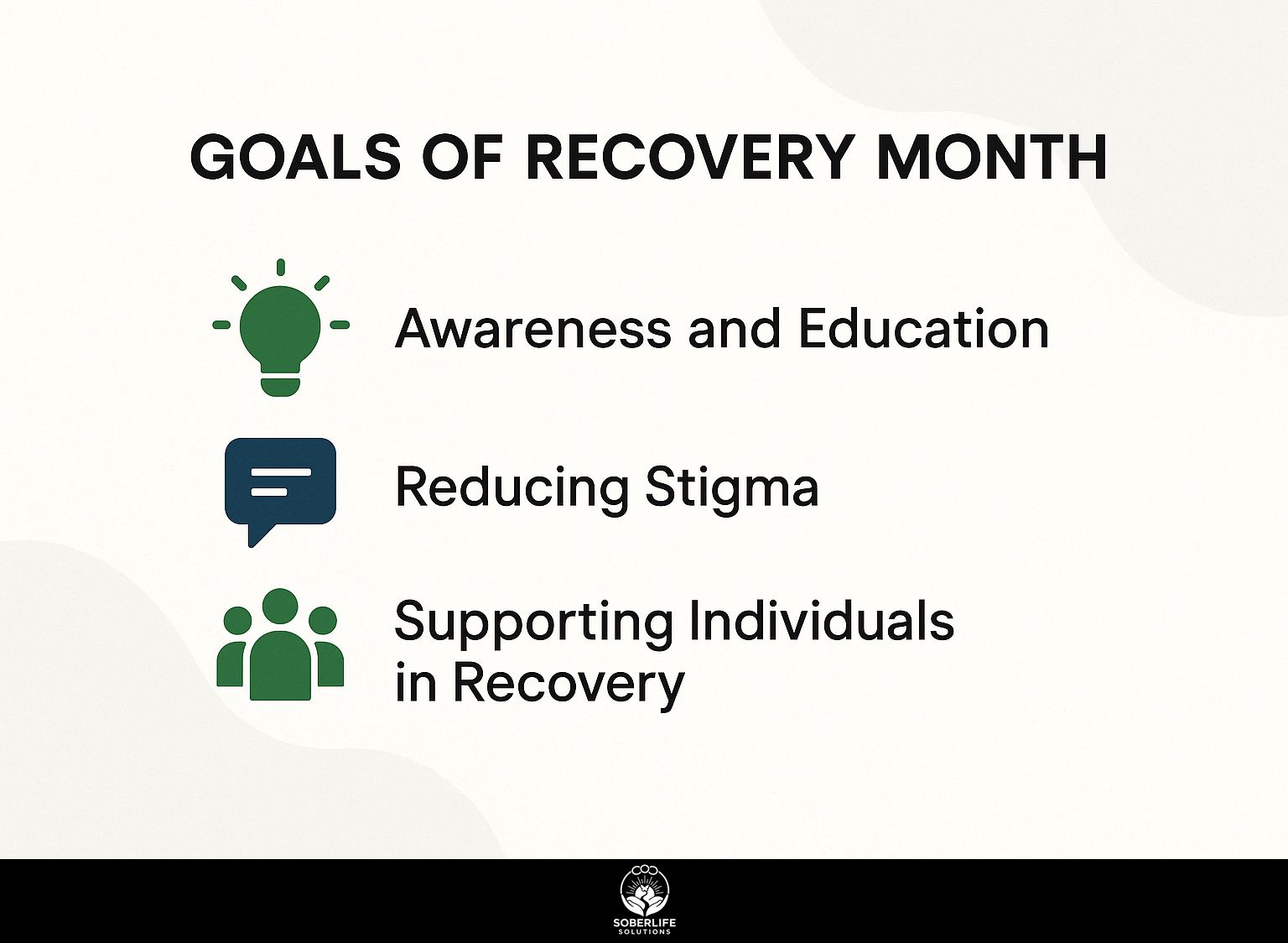
Recovery Month focuses on raising awareness about substance use issues, challenging harmful stereotypes, and helping people on their path to recovery. One crucial aspect involves understanding the five fundamental rules of recovery that emphasize essential strategies and highlight their importance.
Awareness and Education
Each September, Recovery Month spreads important information about substance use and recovery support to a wide audience through various channels.
Specific educational campaigns from previous Recovery Months have included social media strategies like daily recovery tips on platforms such as Instagram and Twitter, alongside community events like local recovery walks and workshops.
Working together with groups like SAMHSA has improved outreach, allowing for shared resources and a wider audience.
Metrics from last year showed a 30% increase in social media engagement and over 5,000 participants in community events, illustrating the effectiveness of these strategies in promoting awareness and support for recovery efforts.
Reducing Stigma
Efforts to reduce stigma related to mental illness and substance use involve community organizations running campaigns that provide personal stories and highlight recovery successes.
Public awareness campaigns have been effective in raising knowledge and compassion. For instance, the ‘Time to Change’ campaign in the UK reported a 5% decrease in stigma after just one year. As industry experts have noted, including the team at the World Health Organization, such initiatives are crucial in transforming public perceptions and dismantling stigma.
Working together with local groups can extend influence; for instance, when mental health services and schools team up, they create educational programs that teach young people about mental health. Advocacy events, such as mental health walks or seminars, engage the community directly.
Statistics indicate that consistent advocacy efforts can lead to a 20% increase in support for mental health policies.
Supporting Individuals in Recovery
Recovery Month helps people who are recovering by providing easy access to resources and creating peer support groups in communities.
A helpful approach is to have peer recovery specialists. They use their personal experiences and know-how to help people during their recovery process.
Many towns and cities have support groups such as SMART Recovery and Alcoholics Anonymous. These groups provide safe places for people to share their experiences and offer advice.
For instance, a participant in a local support group reported feeling more equipped to handle cravings after engaging in discussions with peers facing similar challenges.
Online forums are always open, allowing individuals worldwide to connect and share help and guidance, aiding their recovery process.
SAMHSA’s Role in Recovery Month
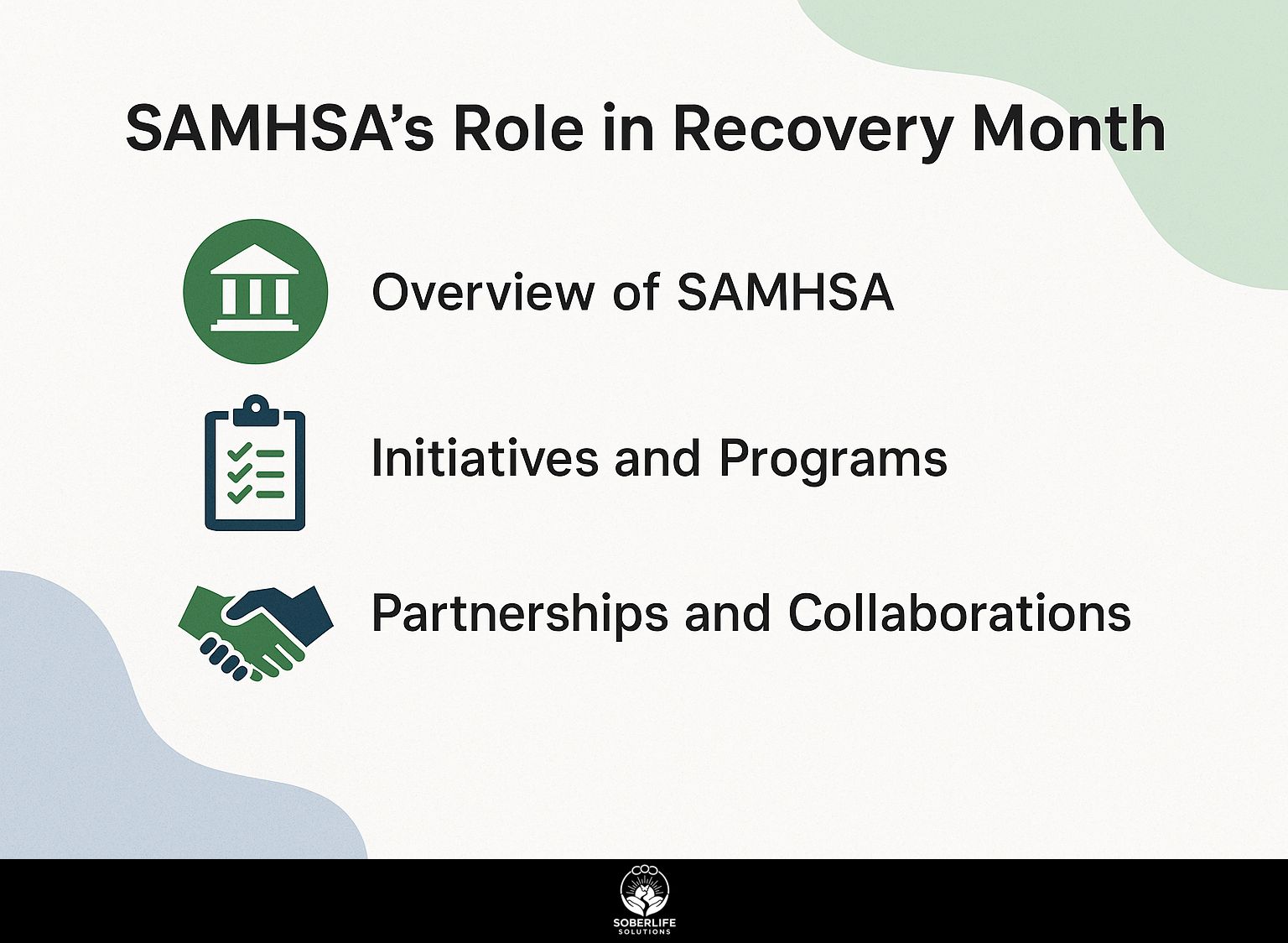
The Substance Abuse and Mental Health Services Administration (SAMHSA) is key in organizing Recovery Month events, offering important resources and help to communities across the country.
Overview of SAMHSA
SAMHSA, established in 1992, is dedicated to improving the quality and availability of substance use and mental health services across the United States.
The agency supports various initiatives, particularly during Recovery Month, by providing resources and information for individuals and organizations.
Key functions include:
- Funding treatment programs
- Offering training for providers
- Conducting public awareness campaigns
For example, SAMHSA’s National Helpline (1-800-662-HELP) is an important service for people looking for advice on mental health and substance abuse problems. For additional details, SAMHSA provides comprehensive information about these services on their helplines page, which outlines available resources for immediate assistance.
SAMHSA promotes community-based approaches, emphasizing the importance of peer support and recovery-focused services. If you’re interested in learning more about developing these skills, consider exploring our [Peer Support: Certification, Policies, and Training](https://soberlifesolutions.com/peer-support-certification-training/) resource, which plays a critical role in enhancing treatment accessibility and effectiveness.
Initiatives and Programs
SAMHSA sponsors various initiatives and programs throughout Recovery Month, offering educational resources and promoting access to recovery services across communities.
For instance, this September, SAMHSA launched a national awareness campaign that included over 1,000 virtual events, reaching approximately 500,000 participants.
By partnering with local organizations, they distributed educational materials, like pamphlets and infographics, to over 2,000 community centers.
Community engagement efforts such as social media hashtags encouraged individuals to share their recovery stories, resulting in a 30% increase in social media interactions from the previous year.
These projects share important information and create a helpful space for people in recovery.
Partnerships and Collaborations
SAMHSA works with many local groups to extend the influence and effectiveness of Recovery Month, creating a support network for people in recovery.
These partnerships include organizations like the National Council for Behavioral Health, which hosts events to raise awareness and provide education on mental health issues.
For instance, in 2022, they launched a series of community workshops that attracted over 1,000 participants, yielding significant local engagement.
SAMHSA works with the National Association of State Alcohol and Drug Abuse Directors to create policy forums that help align state-level initiatives with Recovery Month goals.
These partnerships increase visibility and support shared resources, helping recovery groups across the country.
Global Impact of Recovery Month
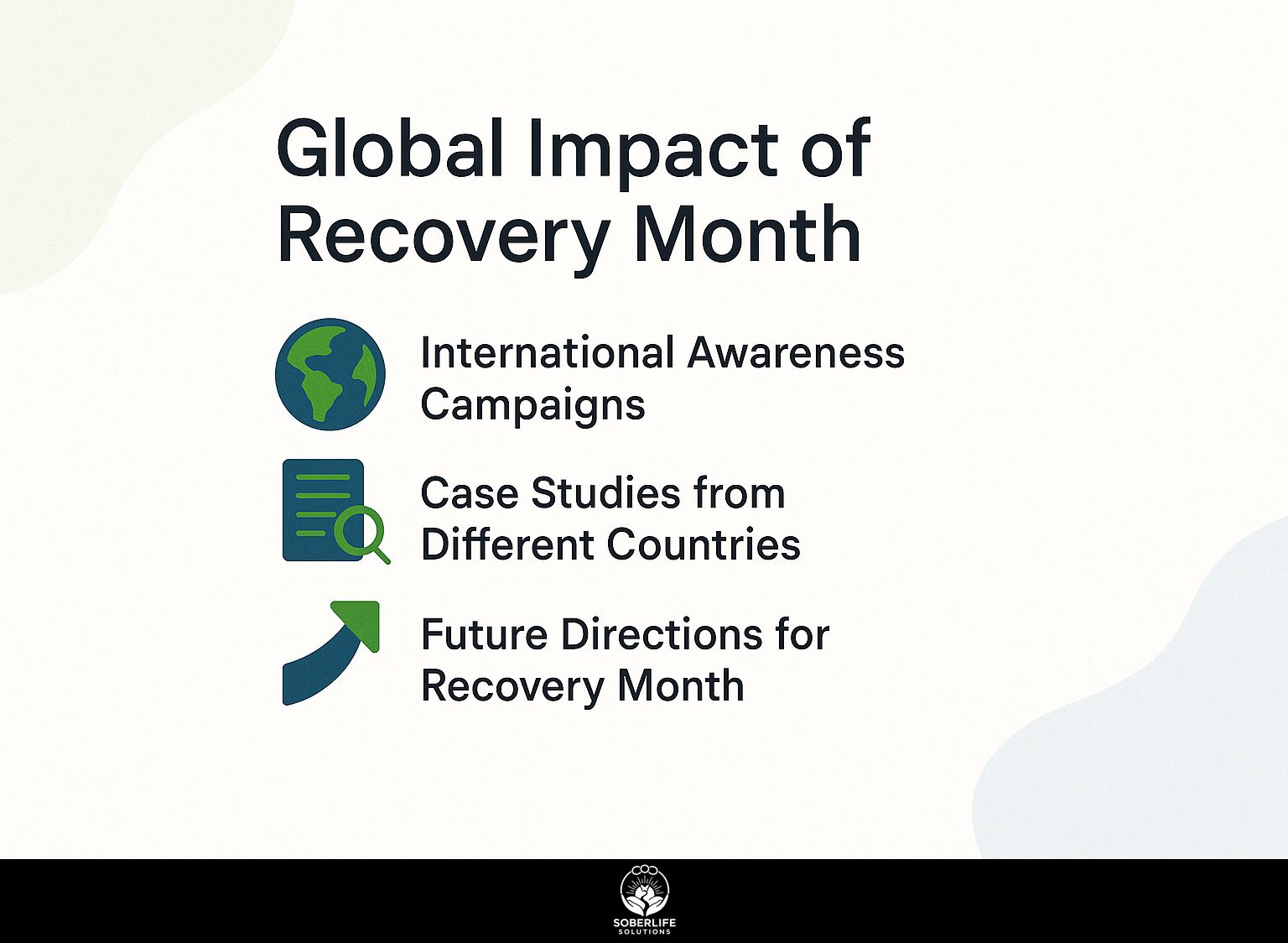
Recovery Month impacts the U.S. and also helps increase awareness and back global efforts to address substance use issues.
International Awareness Campaigns
Various countries have adopted Recovery Month-inspired campaigns, reinforcing the global commitment to substance use education and recovery support.
In Canada, the ‘Recovery is Real’ campaign shared personal recovery stories on social media, increasing interaction by 50%. Meanwhile, Australia implemented a national helpline promotion alongside community events, resulting in a 30% rise in calls for support services.
In the UK, the `Addiction Awareness Week’ focused on local outreach initiatives and educational workshops, reaching over 10,000 individuals. These strategies highlight the importance of customized messaging and community participation in successfully raising awareness and promoting recovery in various cultures. To further enhance understanding of how local events can drive engagement, review the participation strategies of the Harvey recovery events.
Case Studies from Different Countries
Case studies from countries like Canada and Australia illustrate the diverse approaches taken to promote recovery and support individuals facing substance use disorders.
In Canada, the annual Recovery Month campaign focuses on community events and sharing personal recovery stories. For example, organizations like Faces & Voices of Recovery host public forums that engage over 2,000 participants annually, significantly increasing local awareness about addiction challenges.
Meanwhile, Australia places emphasis on online resources and peer support through initiatives like the ‘ReachOut’ program, which offers real-time chat support, effectively connecting thousands of users with counselors.
These specific methods help bring people together and encourage conversations about recovery, improving support systems in both countries.
Future Directions for Recovery Month
Plans for Recovery Month involve growing efforts to promote recovery, improving recovery resources, and including mental health support in general health services.
One innovative initiative could involve partnering with local businesses to create Recovery Month promotional events, raising awareness while offering resources directly to the community.
Implementing online workshops through platforms like Zoom can facilitate discussions on recovery stories and strategies.
Community projects, like holding art therapy sessions in public areas, would engage people and help reduce the stigma around getting help.
By using technology and working with local partners, these projects can connect with more individuals successfully.
Frequently Asked Questions
What is Recovery Month and what are its goals?
Recovery Month, also called National Recovery Month, is a nationwide event every September that encourages and supports recovery from mental health and substance use problems. Its goals are to raise awareness about these disorders, honor the achievements of people in recovery, and share the message that recovery is achievable for all.
What is SAMHSA’s role in Recovery Month?
SAMHSA, which stands for the Substance Abuse and Mental Health Services Administration, is the leading agency within the U.S. Department of Health and Human Services that works to reduce the impact of mental and substance use disorders on America’s communities. SAMHSA is responsible for organizing and sponsoring Recovery Month each year.
How does Recovery Month impact the global community?
Recovery Month affects both the United States and the rest of the world. Recovery Month spreads awareness and encourages people to talk about overcoming mental health and substance use issues. It helps reduce negative perceptions and motivates individuals globally to get the help and support they need.
How can I get involved in Recovery Month?
There are many ways to get involved in Recovery Month, such as attending events and activities, sharing your own recovery story, volunteering your time and talents, and advocating for policies that support recovery. You can also show your support by using #RecoveryMonth on social media and spreading the word about the importance of recovery.
What is the theme for Recovery Month 2021?
The theme for Recovery Month 2021 is “Recovery is for Everyone: Every Person, Every Family, Every Community.” This theme emphasizes that each person’s path to recovery is different and that recovery can happen for people, families, and communities dealing with mental health and substance use issues.
Why is it important to celebrate Recovery Month?
Celebrating Recovery Month is important because it brings attention to the fact that recovery is possible and that individuals in recovery should be recognized and celebrated for their strength and resilience. It also reminds us that people dealing with mental health and substance use problems have hope and are not alone in working towards getting better.

